Using Cambistat® to Help Manage
Urban Tree Stress
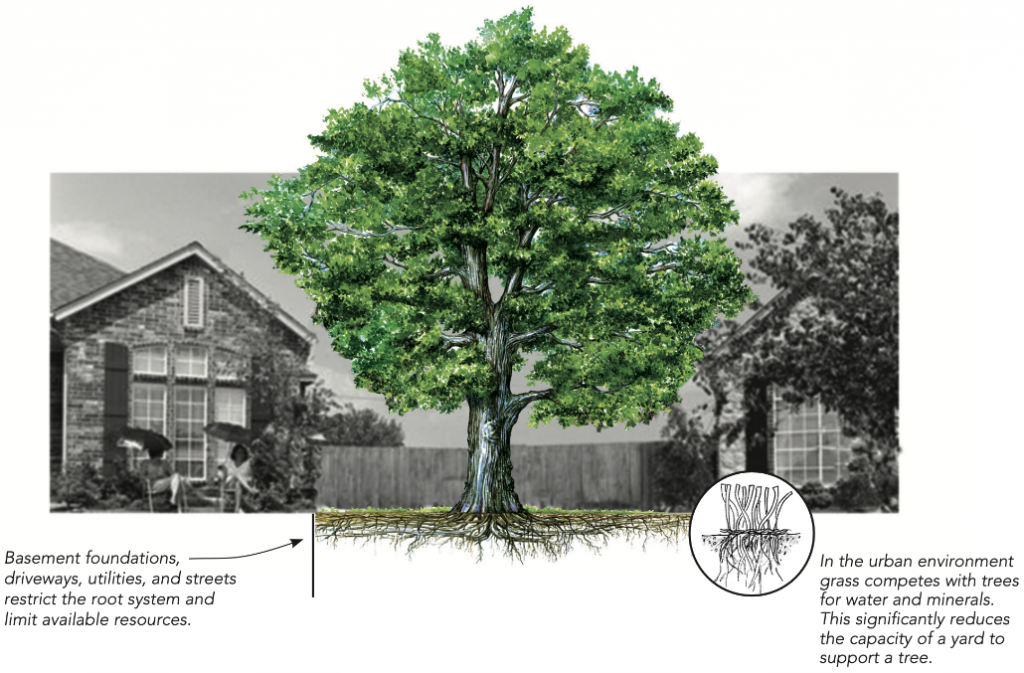
Why Urban Trees Are Stressed
Less Water Is Available –
Unless regularly irrigated, urban trees generally have less water available than their counterparts in natural settings. Why? Paved surfaces encourage runoff instead of absorption, and these surfaces cause higher soil temperatures and faster evaporation of rainfall.
Compacted Soils –
Urban soils are usually compacted from human activity, and this creates stress for a tree. Soils can become difficult for roots to penetrate, and compacted soils hold much less water and oxygen which are critical for tree health.
Urban Soil
Natural Soil

Restricted Root Space –
Building foundations, streets, driveways, and other obstacles limit the expansion of tree roots and significantly reduce the amount of water and minerals available to the tree.
Competition –
Most yards have a dense layer of turf that surrounds a tree. Turf aggressively competes for minerals and water, which reduces their availability to other plants. Adding several inches of mulch within the dripline of the tree reduces competition with turf, keeps the soil cooler, and holds more moisture.
Slower Growing Trees
A common myth about trees is that a faster growing tree is healthier than a slower growing tree. The truth is that slower growing trees will outlive trees that grow faster, especially in situations such as yards where space and resources are limited. The chart below shows some important differences between a tree growing relatively faster or slower.
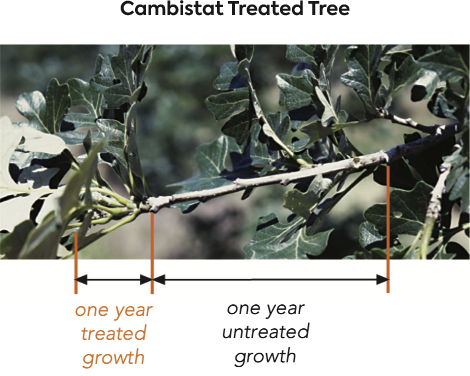
Slower Growth Is Beneficial
Tree Characteristic
Tree Growth Rate Comparison
Faster Growth
Slower Growth
- Resource Demand
- Sensitivity to Resource Availability
- Stored Energy Reserves
- Root : Shoot Ratio
- Sensitivity to Stress or Damage
- Overall Tree Durablity
- Higher
- Higher
- Lower
- Lower
- More Sensitive
- Less Durable
- Lower
- Lower
- Higher
- Higher
- Less Sensitive
- More Durable
An Integrated Approach
When caring for urban trees it is important to make a thorough evaluation of the site to accurately diagnose all stressing agents and tailor your recommendation to the specific circumstances. These must be dealt with so that your tree can live to its fullest potential. Utilize your arborist for a comprehensive maintenance program.
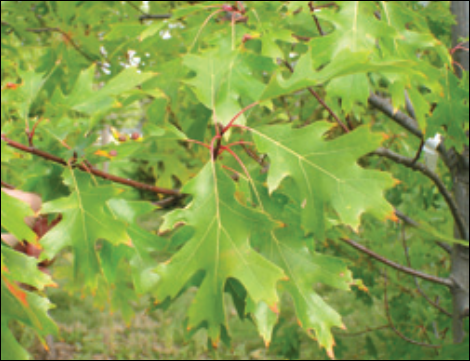
Untreated
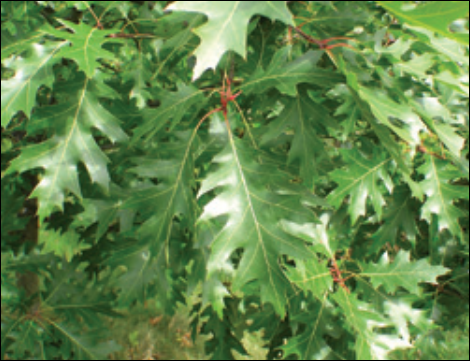
3 years after treatment
Benefits Of Cambistat For Urban Trees
Cambistat is a soil applied product that is absorbed through the roots. Cambistat gently slows the growth of trees, allowing the tree to redirect some of its energy from canopy growth to defense chemicals, fibrous root production, and other uses. The resulting reallocation of energy makes your tree healthier and more durable.
Drought is a major cause of tree death and decline in the urban landscape. Research shows Cambistat increases drought resistance by helping the tree reduce water losses during dry, hot periods.
Untreated
Treated
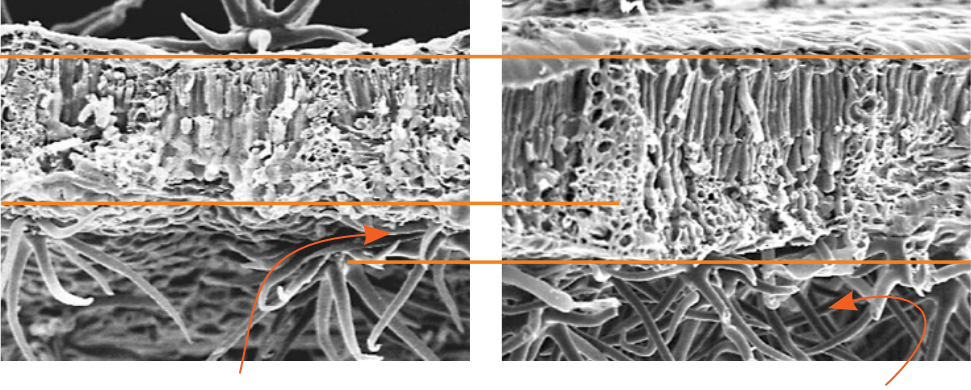
Thicker Leaf Surface
increased protective hairs
Cambistat changes some important physical traits of leaves. Leaves of treated trees tend to be greener (higher concentrations of chlorophyll) than untreated and have an enhanced protective barrier (thicker leaf surface and denser surface hairs).
Research Has Shown Cambistat Increases Fine Root Density In Trees
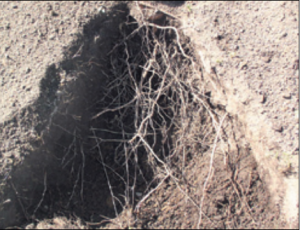
untreated
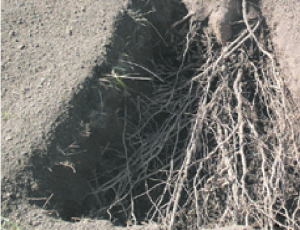
3 years after treatment
Ready For A Quote?
Click the button below to contact us and get started taking core of your trees




